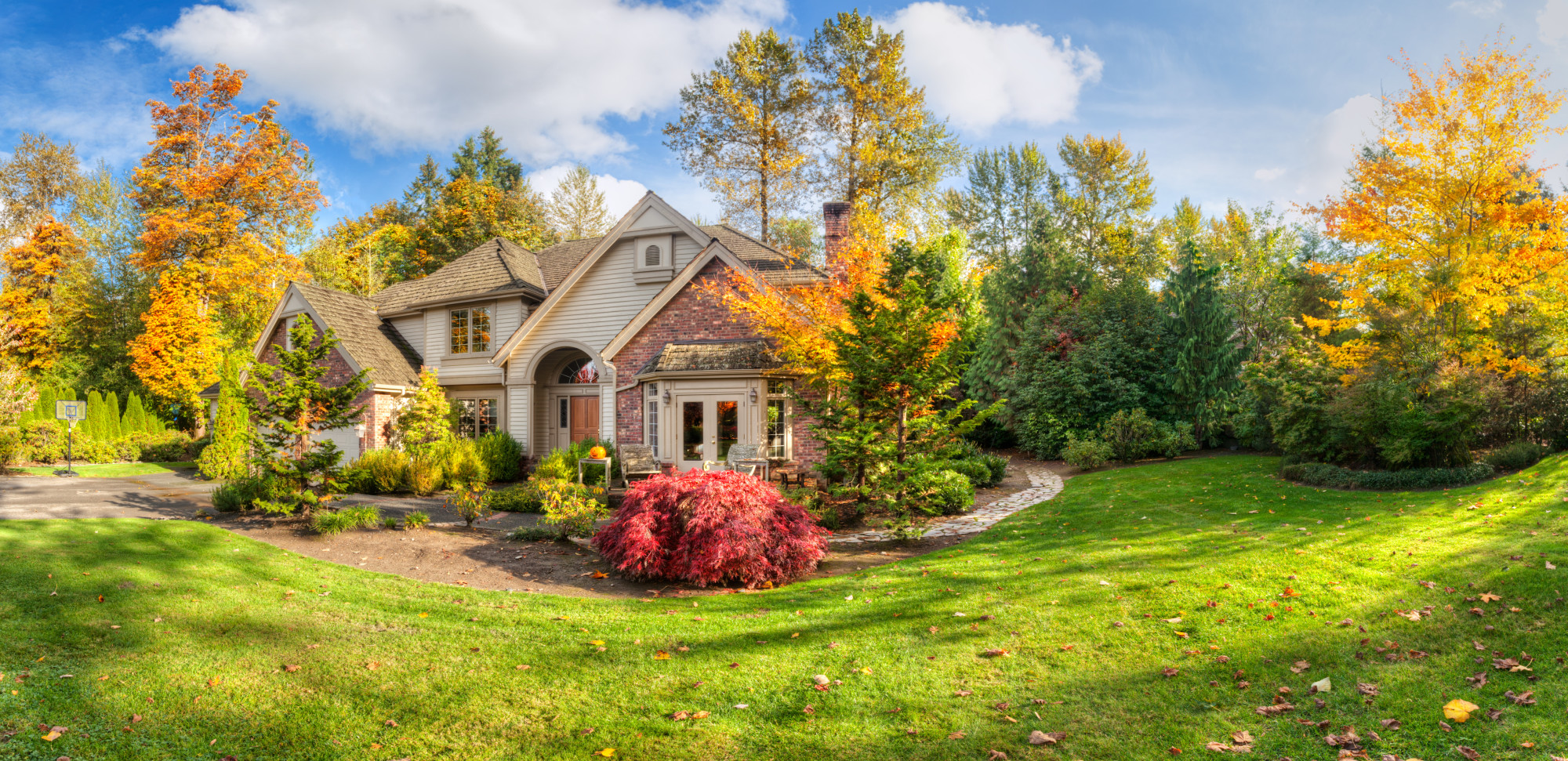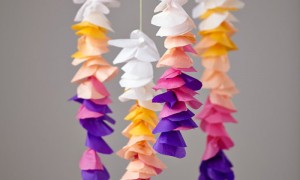Trees are one of nature’s most beautiful, magical, and long-lasting gifts. Did you know the oldest tree in existence lived for more than 5,000 years?
To keep forests populated and your backyard full of this pleasant greenery, the world needs healthy trees. On your own property, you may have particular tree species and questions about proper tree care. Maybe you have beautiful old trees or newly planted versions slowly growing year after year.
Regardless of the lifecycle, chances are you have struggled to decipher the true health of your trees. Does the tree trunk look unhealthy? Has the tree stopped producing leaves or flowers?
You need to understand the correct signs of a healthy tree so can take the correct care and action steps. Read on to discover the signs and what you need to know.
Trees Are Diverse
Did you know there are more than 60,000 tree species across the world? Depending on your geographic location, you may have a particular species or variety of tree types in your backyard.
But, it is important to be able to identify your tree species. Just like an illness or ailment, how can you care for a tree without knowing its core identifiers or elements?
Once you identify the species, you can develop a tree care routine and problem-solving strategy. If you struggle to identify your tree type or have specific tree maintenance questions, contact this company.
Trees Are Healthiest Where They Belong
How would a tropical palm tree fare in a cold northern climate? Depressingly unwell. Consider a tree’s roots to be a metaphor for where they take refuge and feel at home.
If you notice an unhealthy tree on your property, it could be because the species doesn’t belong in your area. While foreign fauna and unique trees can appear enticing, you could waste money because these species can’t grow or thrive in your backyard. Therefore, damaged or dying trees could cost a fortune to remove and wreak havoc on your garden.
If you recently purchased a new home, try asking the previous homeowners to disclose the tree species and care instructions. And if you’re in the market to plan new trees, consult a garden shop or lawncare specialist for proper care and recommendations.
Moisture Around the Roots
A tree maintenance guide can begin with the roots. After all, the roots are the lifeline to the tree; helping it stake its ground and gain the soil nutrients it needs to survive. If you have a potted tree, dig away the dirt and check the roots by sticking your hand low into the container.
You should instantly note the moisture and feel the roots’ thickness. Unhealthy roots would feel dry or coarse to the touch. Try testing the moisture levels after rainfall or your usual watering sessions.
Healthy roots will be eager to absorb the liquid and nutrients. Oppositely, roots on the decline may slowly absorb the liquid or feel intensely dry.
Check the Trunk and Limbs
A tree’s trunk and limbs are the most outward sign you can use to assess the health state. A healthy tree’s trunk will be firm to the touch. If you notice any signs of injury, this could be evidence of a larger problem.
Healthy trunks should also be insect-free. When insects are drawn to a tree and begin to wear down the wood or take up residence in the trunk, this could signal a serious corrosion issue or a dying tree. The tree’s limbs should be strong and also without evidence of injury, corrosion, or insects.
Depending on the tree type, there should be a reasonable amount of branches sprouting from the trunk. The branches should look equally distributed and have sprouting leaves or flowers if that is typical for the species.
Green Is Golden
Part of a homeowner’s allure and joy in owning a backyard is enjoying your own stunning green, natural escape. In a natural and healthy state, most trees should be green and brilliant in color.
This color signals a healthy flow of oxygen from the roots up through the leaves. Green trees also signal that the species thrive in the environment and properly react to the local weather temperatures and changes.
Bark Without Excessive Patches or Dryness
Besides checking the trunk, you need to take note of the tree’s bark. Don’t just look from a distance! Get close and touch the bark.
Check for unusual brittleness, missing patches, or a lackluster color. These could signal an unhealthy tree or growth issue.
Blooming Flowers or Fauna
Through the photosynthesis process, plants and trees convert light into energy. This energy keeps trees healthy, green, and attractive.
A tree’s energy helps it grow new leaves and bloom flowers, fauna, or even fruit. For example, you may have a tree that blooms flowers every Spring. But, this year, you notice no new lowers or very small unhealthy-looking buds.
While weather or water-intake could be partially responsible for this change, stressed trees don’t bloom. The tree could feel stressed in the roots or other parts which causes a constricting reaction.
Growth
Healthy trees grow. While growth doesn’t always happen quickly, over time, a healthy tree’s trunk and limbs expand. If you noticed a lack of growth in your tree, this could signal an issue.
Growth is easiest to detect in newer trees or recently purchased trees. For example, follow newly planted tree care best practices like using soil fertilizer, nutrients, and managing water intake.
After, note the growth process by measuring or keeping a record. This can help you gauge the real health of the tree over time.
Use These Signs to Keep Your Healthy Trees Happy
Healthy trees are not hard to spot. Their physical nature or changing habits can provide instant insight. Remember to identify your tree and asses if the species belongs in your geographic location.
This simple step can prevent damaged or dying trees. A healthy tree begins in the roots and extends through the leaves and fauna. Check for healthy tell-tale signs like moisture, strength, and vibrant green colors.
And finally, track your tree’s growth to reveal healthy trends or a problem on the horizon. If you found this information helpful, check out our other home stories.



























